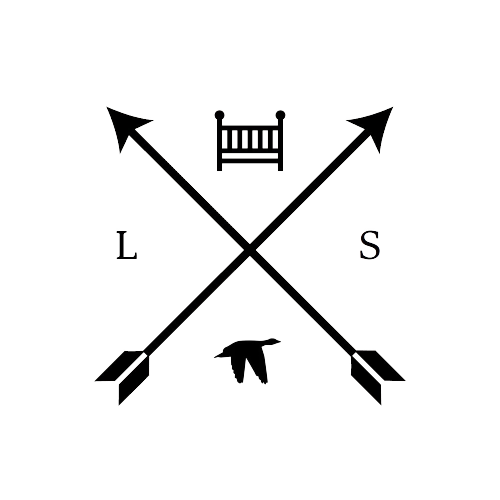When shopping for bedding, you’ll likely come across microfiber as an option for sheets, duvet covers, or pillowcases. It’s often marketed as soft, durable, and affordable, making it an attractive choice. But is microfiber really a good bedding material? Let’s take a closer look at what it is, how it performs, and whether it’s the right choice for you.
What Is Microfiber?
Microfiber is a synthetic fabric made from very fine fibers, usually polyester, nylon, or a blend of the two. The fibers are thinner than a strand of silk, which gives microfiber its smooth texture. Because of this structure, microfiber can be woven tightly, creating a soft and lightweight fabric that resists wrinkling.
Benefits of Microfiber Bedding
1. Softness and Comfort
Microfiber sheets are designed to feel soft and cozy against the skin. Many people find them to be comfortable for everyday use, and they’re often brushed during manufacturing to give them a velvety finish.
2. Affordability
Compared to natural fabrics like cotton or linen, microfiber is usually much less expensive. For budget-conscious shoppers, this makes it an appealing option.
3. Low Maintenance
Microfiber is wrinkle-resistant, quick-drying, and easy to care for. It doesn’t need special washing instructions, and it typically resists shrinking in the laundry.
4. Durability
Because of its tightly woven fibers, microfiber tends to be strong and resistant to pilling. It can handle frequent washing without wearing out quickly, which adds to its appeal as a practical bedding choice.
Drawbacks of Microfiber Bedding
1. Breathability
One of the biggest drawbacks of microfiber is that it’s not as breathable as natural fabrics. Since it’s made from synthetic fibers, microfiber can trap heat and moisture, which may be uncomfortable for hot sleepers or those living in warm climates.
2. Moisture Absorption
Microfiber is less absorbent than cotton or linen, which means it doesn’t wick away sweat as effectively. This can make it less ideal for people who tend to sweat during the night.
3. Environmental Concerns
Because microfiber is synthetic, it doesn’t biodegrade like natural fibers. Washing microfiber fabrics can also release tiny microplastics into the water supply, which has raised environmental concerns.
4. Feel Compared to Natural Fabrics
While microfiber is soft, it doesn’t always match the luxurious feel of high-quality cotton, linen, or silk. For those seeking a premium sleep experience, microfiber may not deliver the same level of comfort.
| Feature | Microfiber | Cotton |
|---|---|---|
| Softness | Ultra-smooth, silky | Softens over time, especially high-quality cotton |
| Breathability | Low — retains heat | High — naturally breathable |
| Durability | Very durable, resists fading & pilling | Varies by quality; e.g., long-staple cotton lasts longer |
| Maintenance | Easy — wrinkle- and stain-resistant | Requires more care (ironing, careful washing) |
| Eco-Friendliness | Synthetic, non-biodegradable | Natural and biodegradable (better if organic) |
Who Is Microfiber Bedding Best For?
Microfiber can be a practical choice for guest rooms, dorm rooms, or anyone looking for an affordable, low-maintenance option. It’s especially good for those who want bedding that’s easy to wash and doesn’t require ironing.
However, if breathability, moisture management, and eco-friendliness are important to you, natural fabrics like cotton, linen, or down-filled bedding may be a better fit. These options provide more comfort in terms of temperature regulation and tend to have a more luxurious feel.
Bottom Line
Microfiber bedding has its advantages: it’s affordable, soft, durable, and easy to care for. But it also comes with trade-offs, particularly when it comes to breathability and environmental impact. If you’re looking for a budget-friendly solution, microfiber can be a good choice. But for those seeking the ultimate in comfort and sustainability, natural fabrics are often worth the investment. The same goes for duvet and pillow fillings as well. Natural down is always a better option than synthetic materials.

